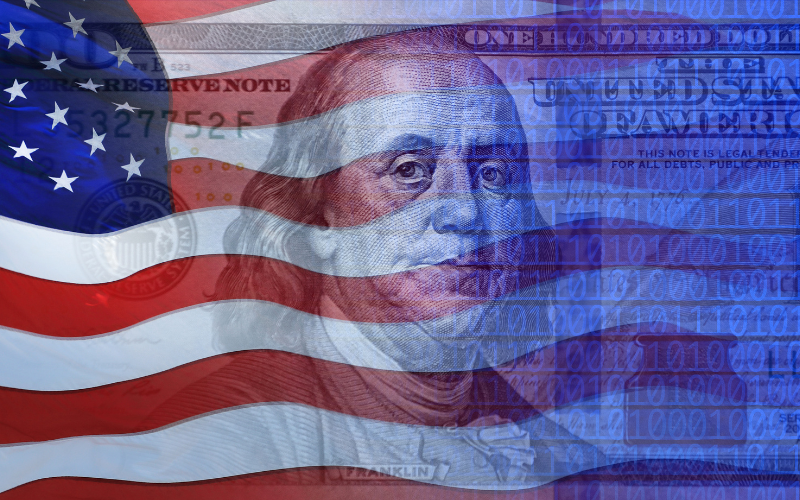 Every now and then, I run across a good book that has been out for a while and which escaped my attention. Such was the case with David Maraniss‘ They Marched into Sunlight which was published in 2003.
Every now and then, I run across a good book that has been out for a while and which escaped my attention. Such was the case with David Maraniss‘ They Marched into Sunlight which was published in 2003.
Maraniss, an editor at the Washington Post, crafted an excellent non-fiction book which is actually two stories with the crescendo event of both occurring in the October 17-18, 1967 two-day period. Storyline number one is about an ambush of two companies of the Black Lion battalion in Vietnam. As the Vietnam War continued to escalate, General Westmoreland and the Pentagon were under pressure to bring back better news, and President Lyndon Johnson (LBJ) was under fire from conservatives and liberals as well as the radicals against war. Storyline number two is about students at the University of Wisconsin who led a sit-in against recruiters from Dow Chemical, manufacturers of napalm, and a favorite target of anti-war elements across the nation.
I doubt that I would have read this book if I had not heard that it was about a battle in Vietnam and a peace march at Wisconsin that occurred on the same day. I thought that the timing of the two events was a bit unusual and that the book was worth reading. The research and evidence is substantial enough for the author to have created two separate books. However, as separate books, I doubt that I would have read either. Maraniss combined the story of war with the story of anti-war protests in a creative narrative that kept me engrossed through the book’s 500+ pages.
The Black Lion battalion was part of the First Infantry Division, a storied Army battle group from World War II. The narrative begins with the shipment of newly conscripted soldiers from stateside to replace troops leaving the battalion which was assigned to Vietnam in the mid 1960’s. Maraniss focuses on two companies in the Black Lion battalion which was commanded by Colonel Terry Allen, Jr., son of a decorated World War II general. Maraniss draws upon official accounts of the battle, eyewitness accounts, and even interviews with former North Vietnamese army officers. Not surprisingly, his construction of the events differs from the official accounts of the incident which downplayed the participants’ recollections that it was an ambush. It even differs from the Wikipedia account that cites his book as a source of information about the battle.
The protest at Wisconsin was part of the escalating unrest on college campuses around the country in the mid to late 1960s. Students questioned their campus leaders as well as the political leaders of America asking why a war with no justifiable reason was being pursued. The cast of characters at Wisconsin includes famous academicians, a daughter of a national politician (George McGovern), and a future politician (Dick Cheney). Of all the dialogue in the book, I think the few pages dedicated to Cheney are unnecessary since he chose not to participate in the events of that day and his inclusion seems like a little politicizing about today’s Iraq War.
I can relate to the storylines in They Marched into Sunlight as I was a high school student during the period in question. During that period, some of my older friends and cousins were drafted and sent to Vietnam while other friends and cousins received student deferrals for their participation as a college student or deferrals for their role as a public school teacher. Maraniss portrays the futility of the pursuit of a war in which the participants (soldiers) do not understand the reason for the war and the public understands it even less. Sub-themes in this book include the failures in leadership at Wisconsin (Chancellor Sewell), Vietnam (General Westmoreland), and in the U.S. (President Johnson). Even more telling is that for five more years after this incident, the U.S. continued to wage the war in Vietnam losing an additional 40,000 lives. Maraniss provides no coverage of the subsequent events other than those that affected the key participants in both stories. The author is perhaps not very subtle with his comment that by 1967 nearly 15,000 lives were lost in Vietnam and that by the end of the war, some 55,000 total lives were lost. Such figures force the reader to realize that Maraniss’ story is only one of many involving this conflict. LBJ chose not to run for re-election in 1968 for reasons that he did not specify but which many suspect revolved around his reasoning that he would not be re-elected with the impact of the war on families around the U.S.
Maraniss does an excellent job of describing a small part of the Vietnam conflict with painstaking research from participants still alive. It may be the best book that I have read about the conflict since David Halberstam’s The Best and the Brightest almost thirty years ago.










